Microphone Sounds
Why Microphones All Sound Different
No microphone hears sound the way humans do. Each model interprets vibration through its own mechanical and electrical architecture, creating subtle distortions that shape the final output. These differences aren’t just technical—they’re symbolic, emotional, and functional. From diaphragm materials to polar patterns, every design choice alters how sound is captured and reproduced. The myth of neutrality persists in marketing, but in practice, microphones are interpretive instruments. They color, compress, emphasize, and suppress. Understanding why microphones sound different requires unpacking physics, engineering, psychoacoustics, and cultural expectation. Whether you’re recording vocals, podcasts, instruments, or ambient sound, the microphone is not a passive tool—it’s a voice in the mix. And no two voices sound the same.
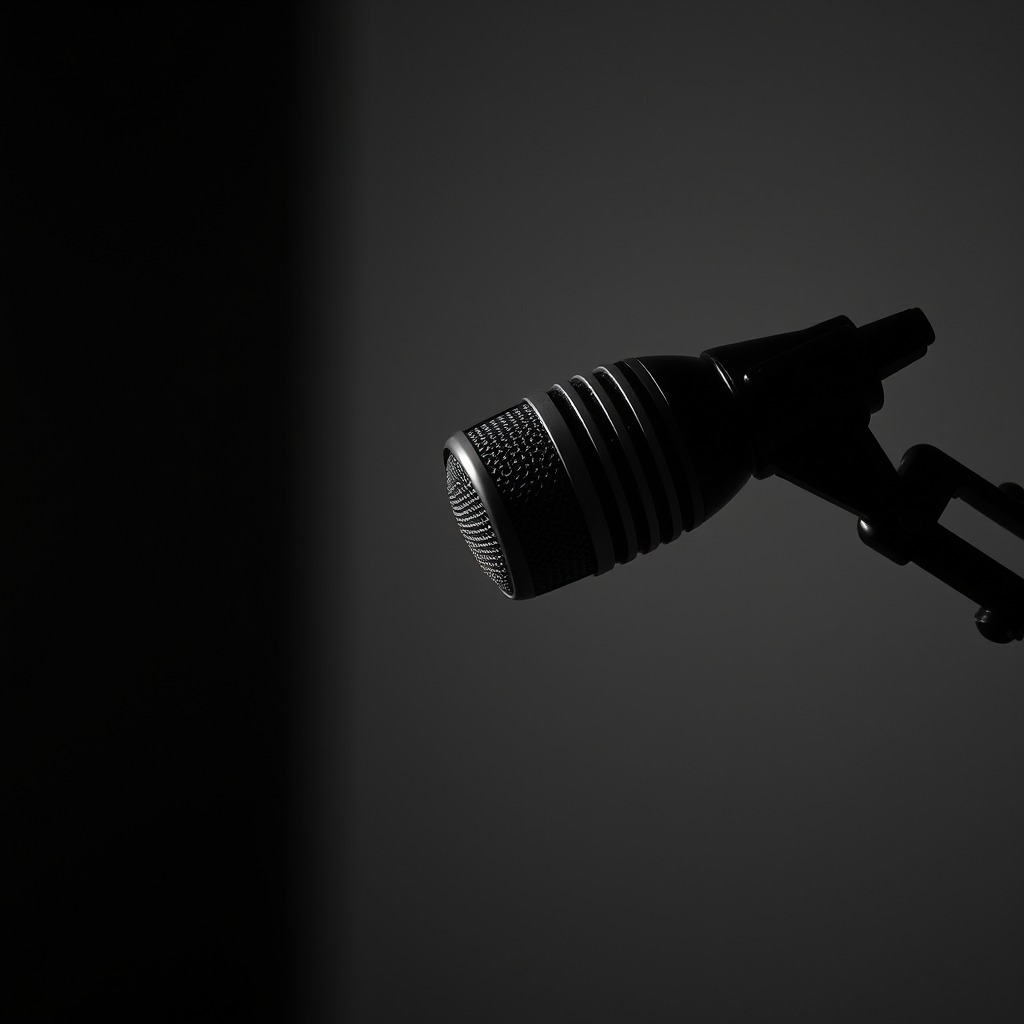
DIAPHRAGM MATERIAL – THE FIRST FILTER
The diaphragm is the thin membrane that vibrates in response to sound waves. Its material—often mylar, aluminum, gold-sputtered film, or titanium—directly affects sensitivity, transient response, and tonal coloration. Softer materials tend to absorb energy and smooth out harsh transients. Stiffer diaphragms respond faster but can sound brittle or clinical. The thickness and tension of the diaphragm also influence frequency response.
Manufacturers choose materials based on desired sonic character, durability, and cost. Gold-sputtered diaphragms are prized for warmth and detail, while titanium offers speed and precision. These choices are rarely neutral—they’re aesthetic decisions. Even two microphones with identical specs can sound different due to diaphragm composition. The diaphragm is not just a sensor—it’s a sculptor. It shapes the first impression of every sound. And that impression defines the microphone’s personality.
POLAR PATTERN – DIRECTIONAL CHARACTER
A microphone’s polar pattern determines how it responds to sound from different directions. Common patterns include cardioid, omnidirectional, figure-8, and supercardioid. Cardioid mics reject sound from the rear, making them ideal for vocals and close-miking. Omnidirectional mics capture sound equally from all directions, useful for ambient or ensemble recordings. Figure-8 patterns pick up front and back, rejecting sides—perfect for stereo techniques like mid-side. Each pattern introduces phase shifts, off-axis coloration, and proximity effects. These aren’t flaws—they’re characteristics.
A cardioid mic may sound warmer up close due to bass buildup, while an omni mic remains consistent but less intimate. Engineers choose patterns based on room acoustics, source behavior, and desired spatial feel. The pattern is not just a technical spec—it’s a spatial philosophy. It defines how the microphone listens. And that listening shapes the sound.
TRANSIENT RESPONSE – SPEED OF PERCEPTION
Transient response refers to how quickly a microphone reacts to sudden changes in sound pressure. Fast transients capture crisp attacks—snare drums, plosives, string picks. Slow transients smooth out edges, creating a more rounded, vintage feel. Condenser mics typically have faster response than dynamics due to lighter diaphragms and active circuitry. Ribbon mics are slower, often described as “musical” or “forgiving.” This response affects perceived clarity, punch, and realism.
A fast mic may sound detailed but harsh; a slow mic may sound warm but blurry. Transient behavior is shaped by diaphragm mass, tension, and internal damping. It’s also influenced by preamp design and impedance matching. Engineers choose microphones based on how they handle transients in context. The speed of perception defines the emotional contour of sound. And that contour is never the same across models.
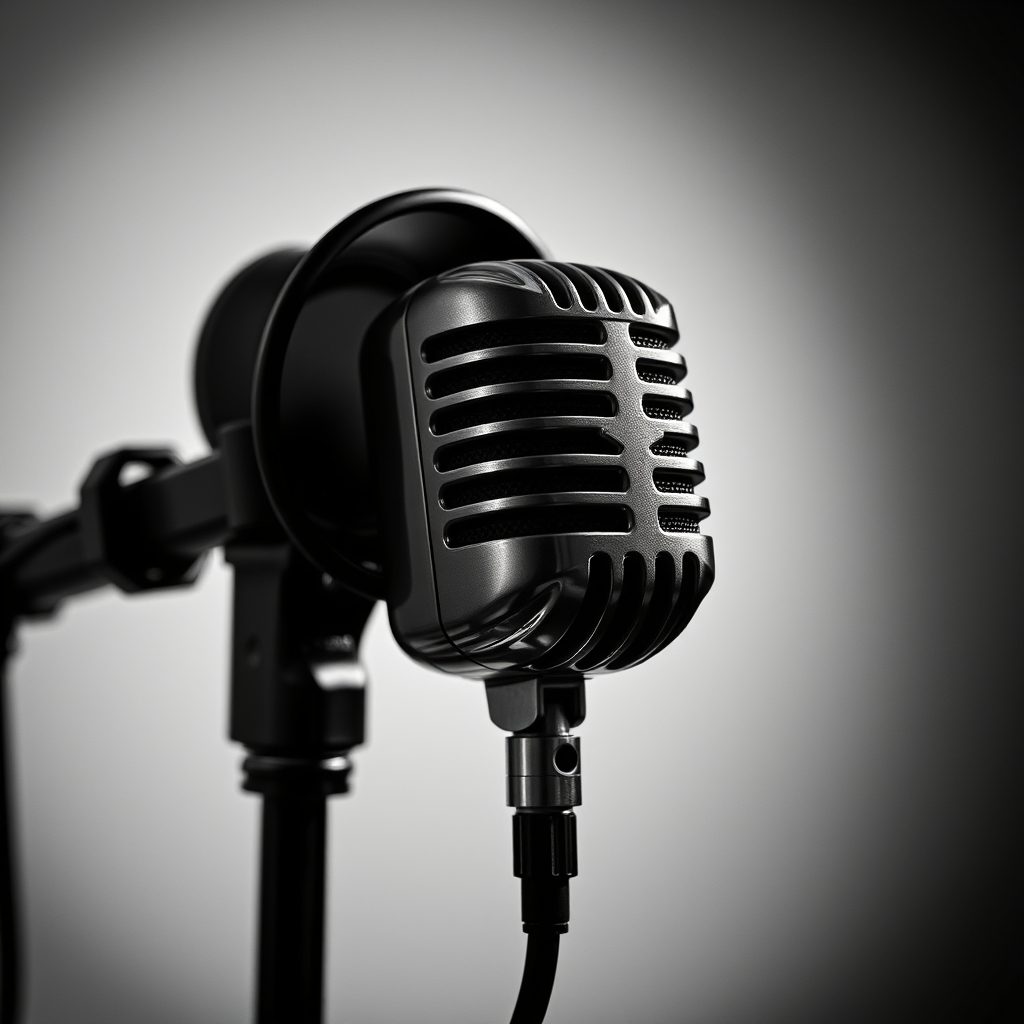
FREQUENCY RESPONSE – TONAL SIGNATURE
Every microphone has a frequency response curve that shows how it handles bass, mids, and treble. Some mics boost high frequencies for “air” and “presence,” while others roll off lows to reduce rumble. Flat-response mics aim for transparency but often sound sterile. Colored mics add character—warmth, brightness, scoop, or bite. Vocal mics often emphasize 2–5 kHz for intelligibility. Kick drum mics boost 60–100 Hz for punch. These curves are shaped by diaphragm behavior, housing design, and internal EQ circuitry. Manufacturers tune frequency response to match use cases and brand identity. Even small deviations can create audible differences. The tonal signature becomes part of the microphone’s voice. And that voice is what engineers learn to trust—or avoid.
TABLE – FREQUENCY RESPONSE COMPARISON
| Microphone Model | Bass Response | Midrange Presence | Treble Boost | Tonal Character |
|---|---|---|---|---|
| Shure SM7B | Smooth | Moderate | Rolled Off | Warm, broadcast |
| Neumann U87 | Controlled | Strong | Bright | Detailed, studio |
| Rode NT1 | Flat | Neutral | Slight Boost | Transparent, clean |
| AKG C414 | Adjustable | Crisp | Airy | Versatile, modern |
| Electro-Voice RE20 | Tight | Mild | Flat | Radio, neutral |
IMPEDANCE AND LOAD – ELECTRICAL INTERACTION
Impedance refers to the resistance a microphone presents to electrical current. Matching impedance between mic and preamp ensures optimal signal transfer. High-impedance mismatches can cause frequency loss, distortion, or reduced output. Ribbon mics are especially sensitive to load impedance and require transformer-balanced inputs. Some condenser mics include impedance converters to stabilize performance. The electrical relationship between mic and interface shapes tone, headroom, and noise floor. It’s not just about specs—it’s about synergy. Engineers often test mic-preamp combinations to find the right match. A mic may sound dull with one preamp and brilliant with another. Impedance is invisible but impactful. It’s the handshake that defines sonic trust.
HOUSING AND GRILL DESIGN – ACOUSTIC SCULPTURE
The physical shape of a microphone affects how sound waves reach the diaphragm. Grills, ports, and internal chambers create reflections, diffusions, and resonances. These alter frequency response, transient behavior, and off-axis coloration. Large grills may soften plosives but reduce clarity. Tight mesh can protect the diaphragm but introduce comb filtering. Some mics use acoustic labyrinths to shape sound before it hits the capsule. Housing materials also affect resonance—metal, plastic, or composite shells vibrate differently. The mic body is not just a container—it’s an acoustic filter. Designers sculpt the housing to reinforce or tame sonic traits. These choices are rarely visible but always audible. The microphone’s shape is part of its sound.
TABLE – HOUSING IMPACT ON SOUND
| Design Feature | Acoustic Effect | Common Use Case |
|---|---|---|
| Large Grill | Softer transients | Vocals, broadcast |
| Tight Mesh | Increased clarity | Studio instruments |
| Side Ports | Directional control | Shotgun mics |
| Acoustic Labyrinth | Phase smoothing | High-end condensers |
| Plastic Housing | Dampened resonance | Budget mics |
CAPSULE SIZE – SCALE OF DETAIL
Capsule size affects how a microphone perceives space, detail, and dynamics. Large-diaphragm condensers capture broad frequency ranges and subtle nuances. Small-diaphragm mics excel at fast transients and precise imaging. Ribbon mics have long, thin elements that behave differently than circular diaphragms. Size influences polar pattern stability, proximity effect, and noise floor. Larger capsules often sound fuller but may exaggerate room tone. Smaller capsules offer focus but can sound clinical. Engineers choose capsule size based on source, environment, and emotional intent. There’s no “better”—only “better for this.” Capsule scale defines how the mic listens. And that listening shapes the story.
TABLE – CAPSULE SIZE COMPARISON
| Capsule Type | Strengths | Limitations |
|---|---|---|
| Large Diaphragm | Warmth, depth, nuance | Sensitive to plosives |
| Small Diaphragm | Speed, precision, imaging | Less low-end response |
| Ribbon Element | Smoothness, vintage feel | Fragile, low output |
NOISE FLOOR – SILENCE AS CHARACTER
Every microphone has a noise floor—the level of self-generated electrical noise. Condenser mics tend to have lower noise floors due to active circuitry. Ribbon and dynamic mics may introduce more hiss or hum, especially at high gain. Noise floor affects how quiet sounds are captured and how clean mixes feel. In ambient recording, noise floor defines realism. In vocal tracking, it defines polish. Engineers balance noise floor against sensitivity and headroom. Some mics trade noise for character—vintage models hiss but sound magical. Others prioritize silence, creating sterile but pristine recordings. Silence is not neutral—it’s part of the aesthetic. And every mic defines silence differently.
TABLE – NOISE FLOOR RATINGS
| Microphone Model | Noise Floor (dBA) | Application |
|---|---|---|
| Rode NT1 | 4.5 | Studio vocals, ASMR |
| Neumann TLM 103 | 7 | Voiceover, narration |
| Audio-Technica AT2020 | 20 | Home recording |
| Shure SM58 | 24 | Live vocals |
| AEA R84 Ribbon | 17 | Brass, strings, vintage |
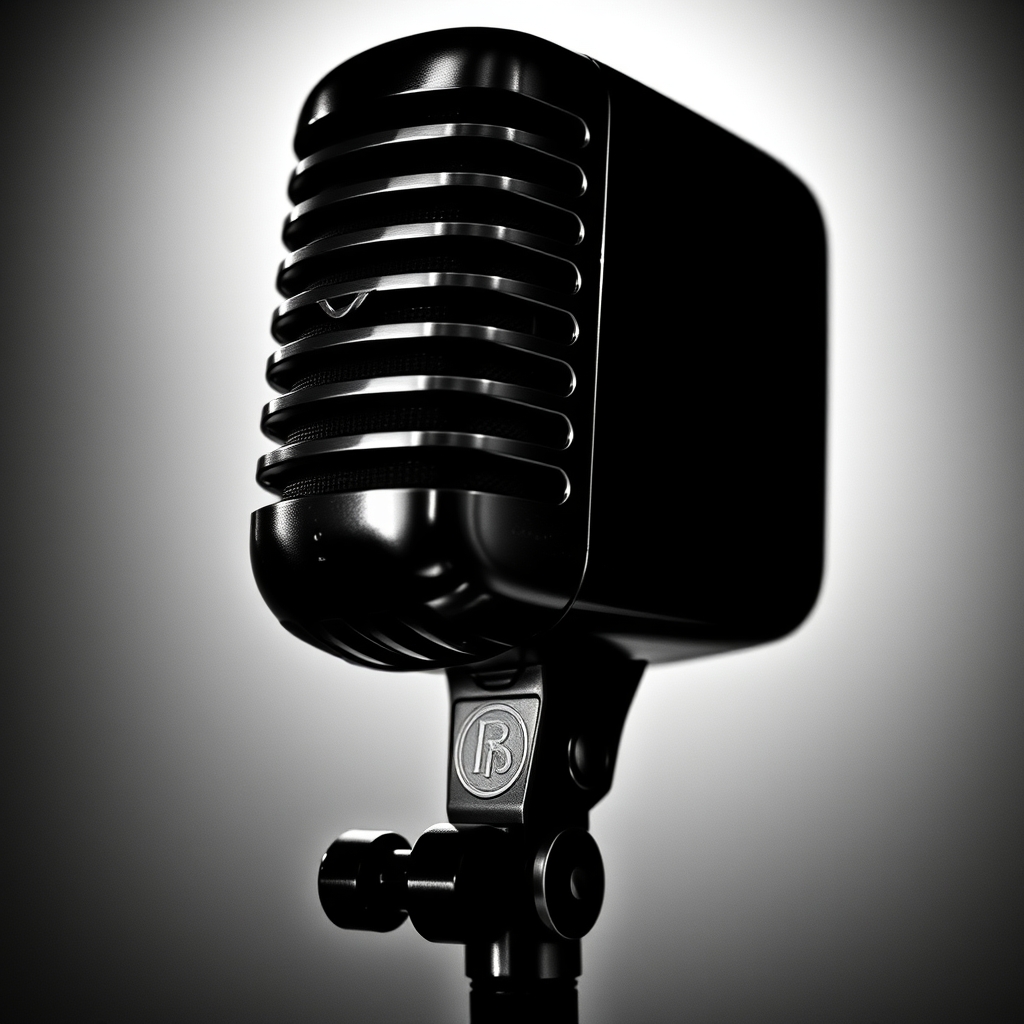
PROXIMITY EFFECT – DISTANCE AS EQ
Proximity effect refers to the increase in bass response as a sound source moves closer to a directional microphone. It’s most pronounced in cardioid and figure-8 patterns and nearly absent in omnidirectional mics. This effect can add warmth and intimacy to vocals, but also muddiness if not managed. Singers often use proximity effect intentionally to shape tone. Podcasters and voiceover artists rely on it for that “radio voice” depth. Engineers may use high-pass filters to counteract excessive low-end buildup.
The effect is a byproduct of pressure gradient design, not a flaw. It’s a tool—one that rewards mic technique and spatial awareness. Proximity effect varies by mic model, capsule size, and grill design. Some mics are tuned to minimize it; others embrace it. Understanding how a mic behaves at different distances is essential to controlling tone. Distance isn’t just physical—it’s tonal.
TABLE – PROXIMITY EFFECT COMPARISON
| Microphone Model | Proximity Effect | Notes |
|---|---|---|
| Shure SM7B | Moderate | Smooth bass boost, controllable |
| Neumann U87 | Strong | Rich low-end when close |
| Electro-Voice RE20 | Minimal | Variable-D design reduces effect |
| AKG C214 | Noticeable | Adds warmth to vocals |
| Sennheiser MD421 | Pronounced | Useful for drums and guitars |
ROOM INTERACTION – ENVIRONMENTAL TRANSLATION
Microphones don’t just capture the source—they capture the space around it. Room acoustics dramatically affect how a microphone sounds, especially with sensitive condensers. Reflections, standing waves, and ambient noise all shape the recorded tone. A great mic in a bad room can sound worse than a cheap mic in a treated space. Omnidirectional mics pick up more room tone, while cardioids isolate better. Ribbon mics often smooth out harsh reflections, making them ideal for bright rooms.
Engineers use mic placement to control room interaction—distance, angle, and height all matter. Some mics are more forgiving of poor acoustics; others reveal every flaw. The room becomes part of the signal chain. It’s not just about what the mic hears—it’s about where it’s listening. And that space becomes part of the sound’s identity.
TABLE – ROOM SENSITIVITY BY MIC TYPE
| Microphone Type | Room Sensitivity | Best Use Case |
|---|---|---|
| Large-Diaphragm Condenser | High | Treated studio vocals |
| Small-Diaphragm Condenser | Moderate | Acoustic instruments |
| Dynamic Microphone | Low | Live sound, untreated rooms |
| Ribbon Microphone | Medium | Bright rooms, vintage tone |
| Shotgun Microphone | Directional | Film, voice isolation |
APPLICATION-SPECIFIC DESIGN – PURPOSE-BUILT SOUND
Many microphones are designed with specific applications in mind. Kick drum mics emphasize low-end punch and suppress bleed. Vocal mics boost presence and reduce sibilance. Broadcast mics prioritize off-axis rejection and warmth. Shotgun mics are engineered for directional clarity in noisy environments. These design choices affect capsule tuning, housing shape, and internal electronics. A mic built for snare drums will sound harsh on vocals. A podcast mic may lack the sparkle needed for acoustic guitar. Purpose-built mics are optimized, not versatile. Understanding a mic’s intended use helps predict its sonic behavior. It’s not just about specs—it’s about context. And context defines performance.
TABLE – APPLICATION-SPECIFIC MICROPHONES
| Application | Microphone Model | Key Features |
|---|---|---|
| Vocals | Neumann TLM 103 | Bright, detailed, low noise |
| Kick Drum | AKG D112 | Bass boost, high SPL handling |
| Podcasting | Shure MV7 | USB/XLR, presence boost |
| Guitar Amp | Sennheiser e906 | Flat front, fast transients |
| Overheads | Rode NT5 | Small diaphragm, crisp highs |
BRAND VOICING – SONIC IDENTITY
Microphone brands develop distinct sonic signatures over time. Neumann is known for clarity and presence. Shure emphasizes ruggedness and midrange punch. AKG balances versatility with modern brightness. Electro-Voice mics are tuned for broadcast warmth. These voicings are not accidents—they’re engineered identities. Engineers often choose brands based on familiarity with their tonal DNA. Even within a brand, different models reflect variations on a theme. Brand voicing becomes part of the creative decision-making process. It’s not just about specs—it’s about trust. And trust is built on consistent sound.
TABLE – BRAND SONIC SIGNATURES
| Brand | Sonic Traits | Common Use Case |
|---|---|---|
| Neumann | Bright, detailed, refined | Studio vocals, voiceover |
| Shure | Mid-forward, rugged, warm | Live vocals, podcasting |
| AKG | Balanced, modern, airy | Instruments, vocals |
| Electro-Voice | Smooth, broadcast-friendly | Radio, voiceover |
| Audio-Technica | Clean, neutral, affordable | Home studio, instruments |
PSYCHOACOUSTICS – PERCEPTION VS REALITY
How a microphone sounds is not just about physics—it’s about perception. Human ears interpret sound based on context, expectation, and emotional framing. A mic that sounds “bright” in isolation may sound “harsh” in a mix. Cultural bias also plays a role—some engineers prefer vintage warmth, others modern clarity. Psychoacoustics explains why two people hear the same mic differently. Room acoustics, monitoring systems, and fatigue all influence perception. Engineers often describe mics with emotional language—smooth, aggressive, silky, boxy. These terms reflect perception, not measurement. The brain fills in gaps, smooths over flaws, and exaggerates contrast. Microphones don’t just capture sound—they trigger interpretation. And interpretation is where sound becomes story.

CONCLUSION – NO TWO EARS, NO TWO MICS
Every microphone is a lens, not a mirror. It filters, colors, and reshapes sound according to its design, materials, and context. There is no such thing as a truly neutral microphone—only ones that are transparent in specific ways. From diaphragm tension to brand voicing, every element contributes to a unique sonic fingerprint. Engineers choose microphones not just for accuracy, but for emotion, symbolism, and trust. The differences between microphones are not flaws—they are features.
They allow sound to be sculpted, not just captured. Understanding these differences empowers better choices, deeper mixes, and more intentional storytelling. In the end, microphones are not just tools—they are collaborators. They listen with their own voice. And that voice becomes part of yours.
JOIN THE DISCUSSION
What’s your go-to microphone—and why? Do you choose based on specs, feel, or emotional response? Have you ever been surprised by how a mic sounded in a new room or on a new voice? Which models do you trust, and which ones let you down?
#Microphones #SoundDesign #AudioEngineering #RecordingGear #StudioTools #VoiceCapture #MicComparison #SoundColor #AudioPerception #RecordingTips
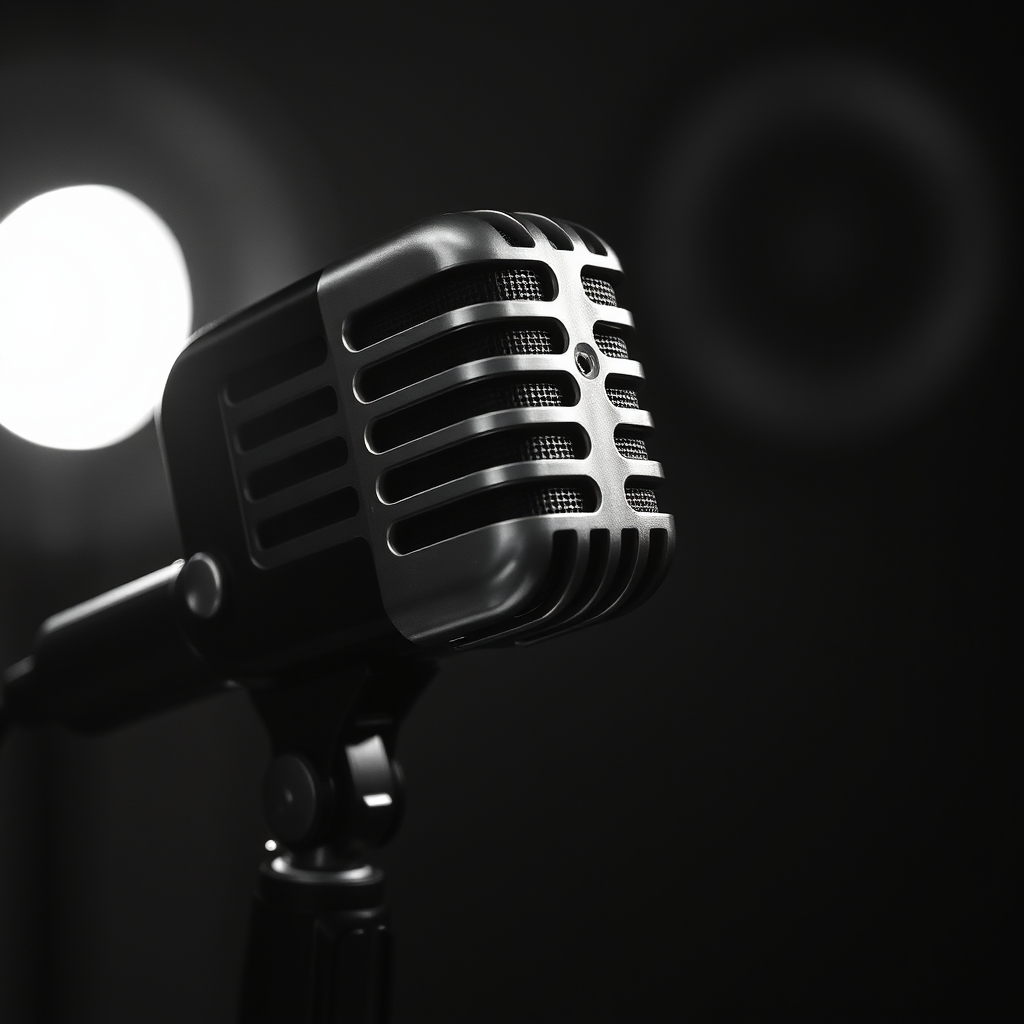
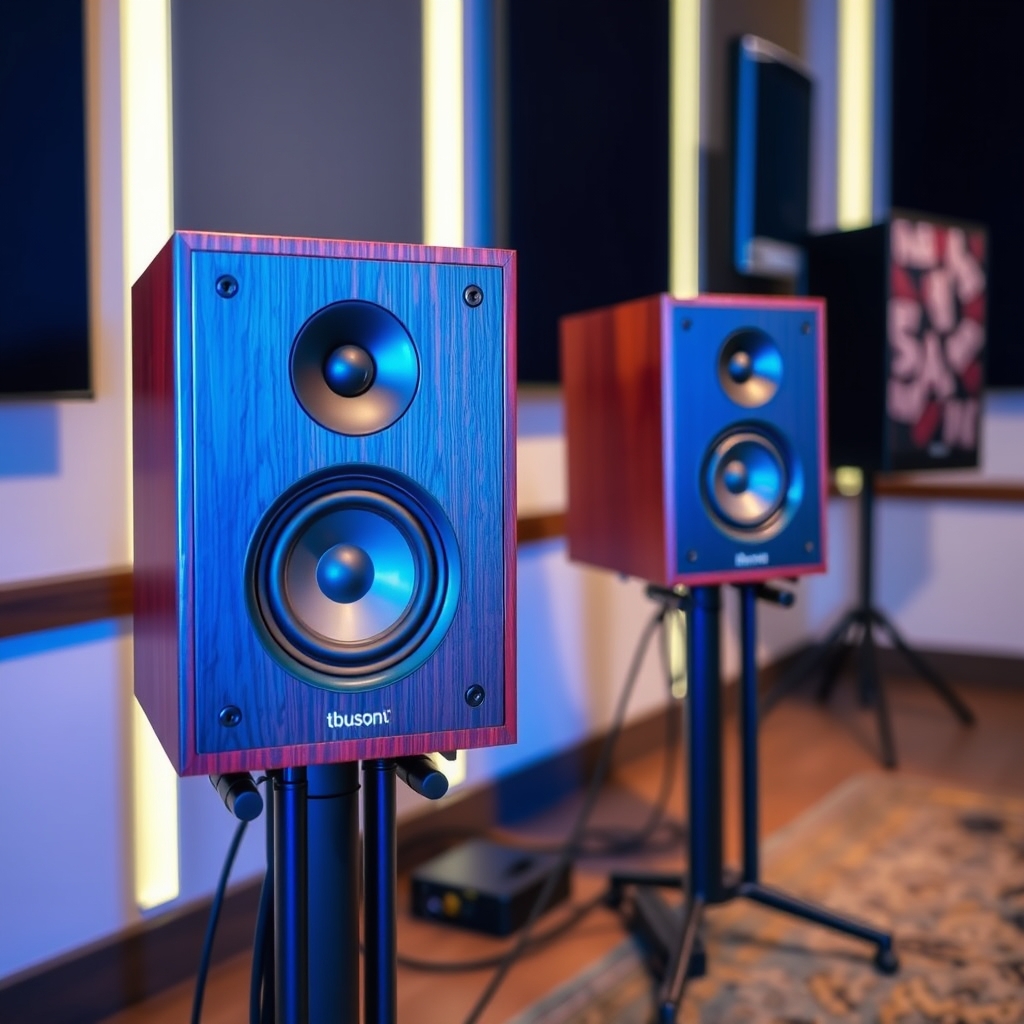

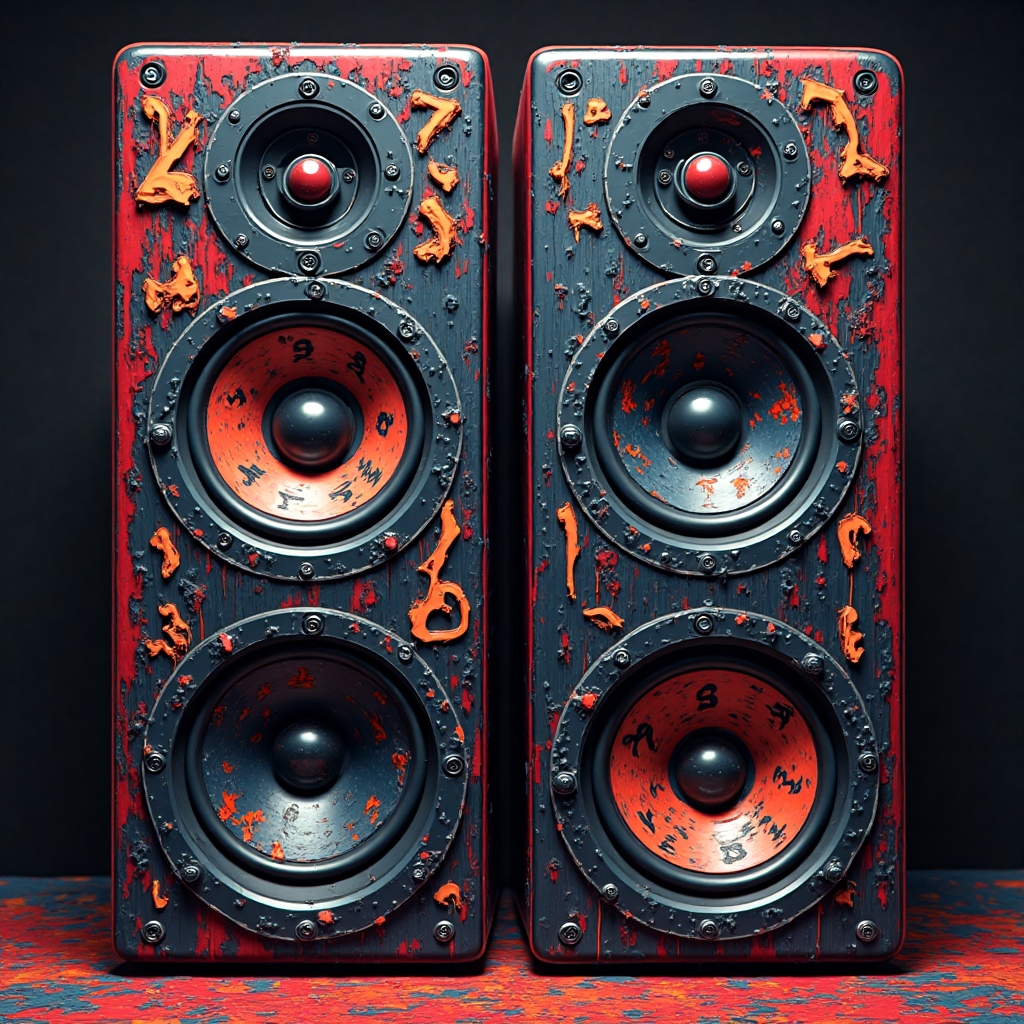
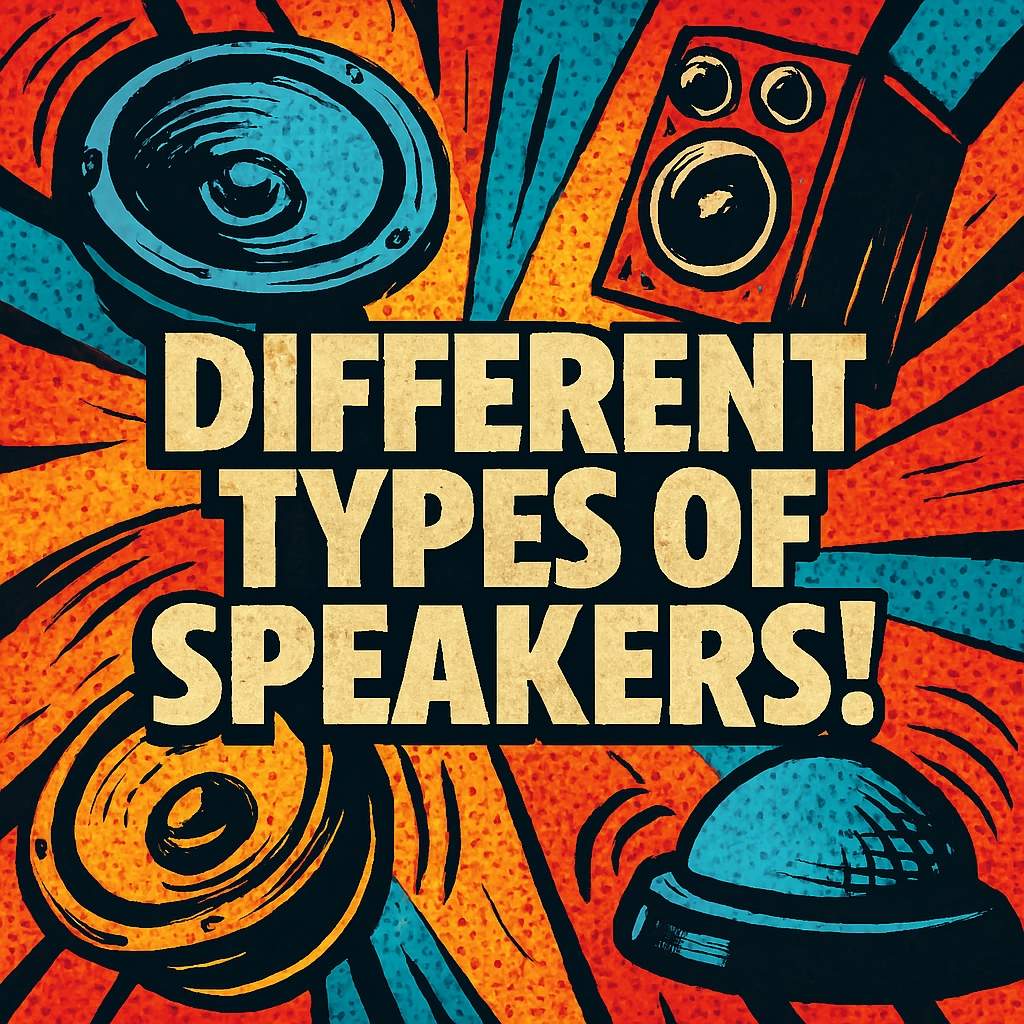
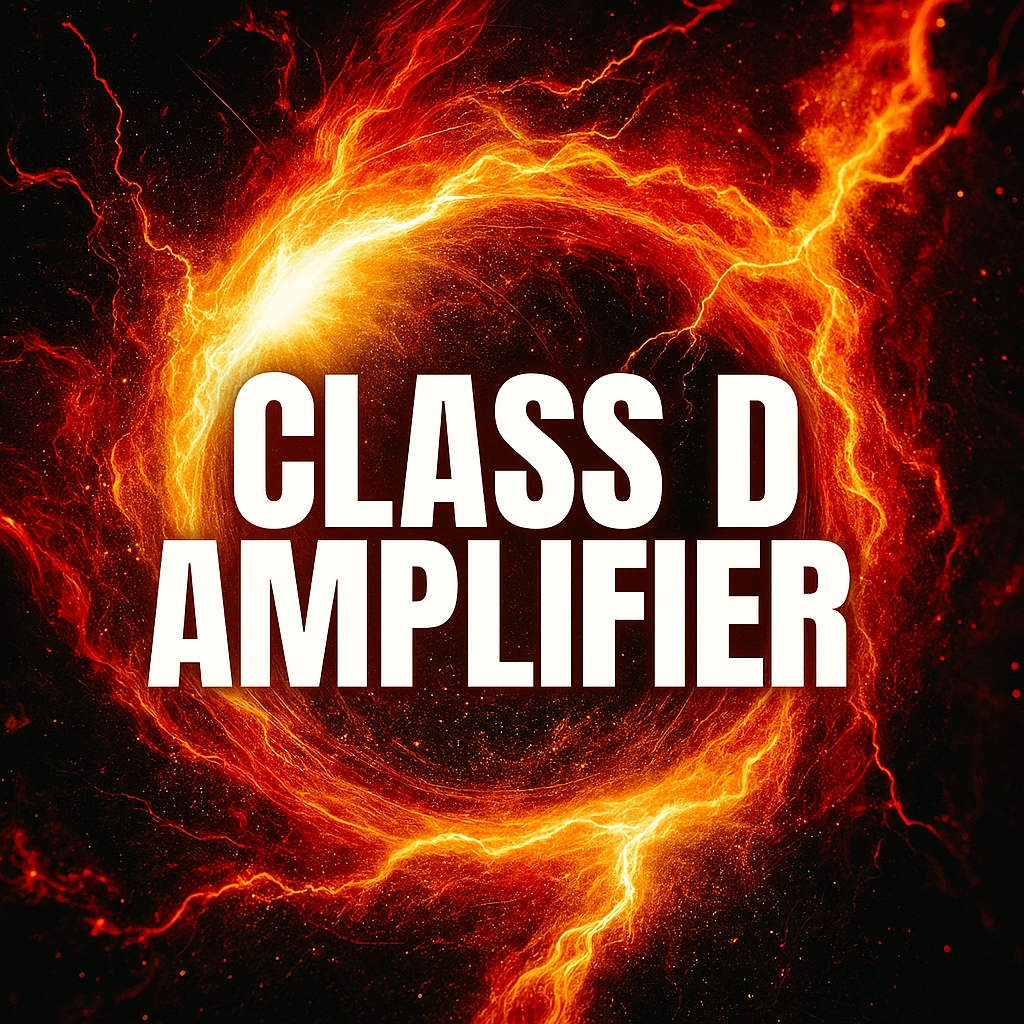
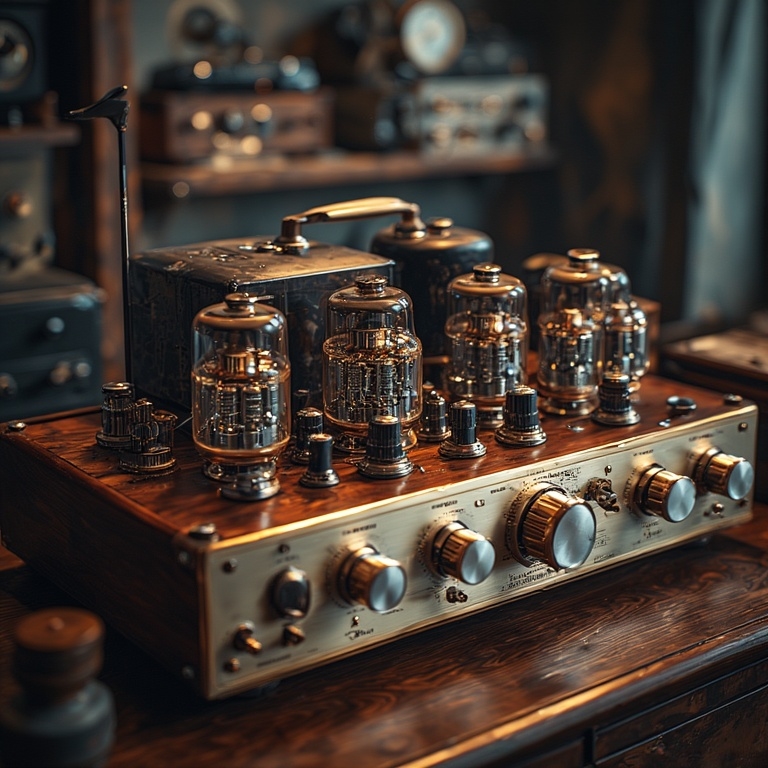



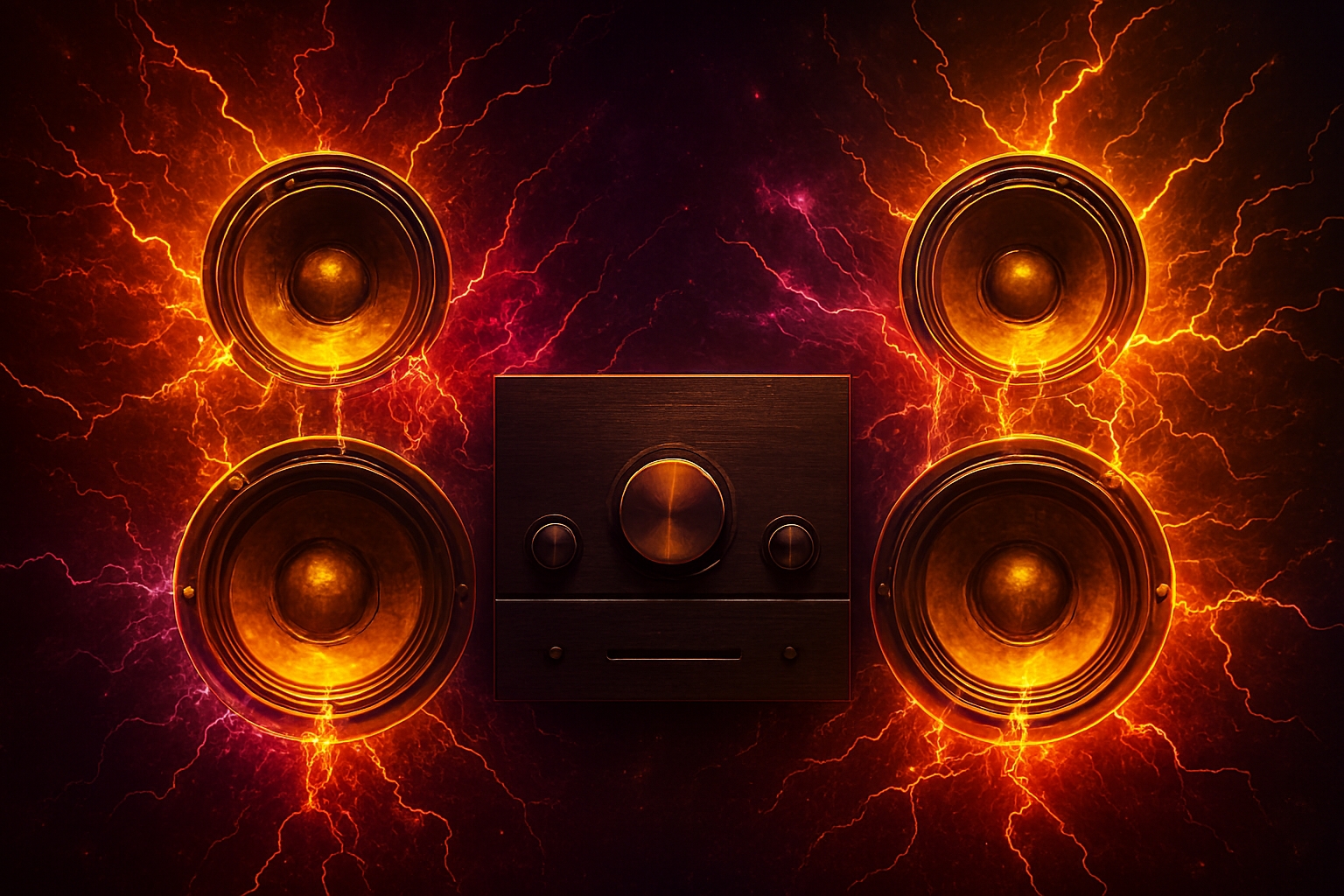



Leave a Reply